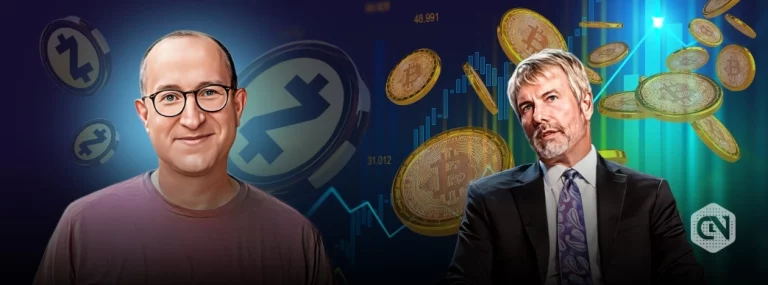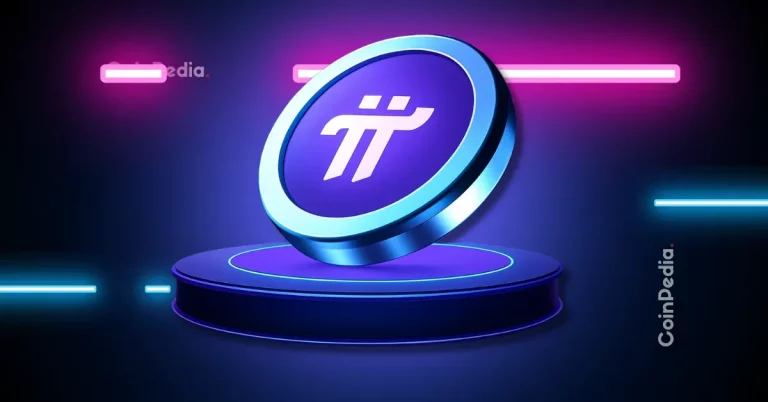
Ethereum continues to solidify its position as a cornerstone of institutional investment, particularly amid recent signs of an increasingly strategic approach by major players. One such entity, BitMine Immersion ($BMNR), led by Tom Lee of Fundstrat, is making headlines for its calculated accumulation of Ethereum (ETH). With ETH prices recently facing downward pressure, organizations like BitMine are seizing the opportunity to build substantial crypto treasuries. But how exactly is this shaping the future of Ethereum?
BitMine’s Aggressive Accumulation Strategy
BitMine Immersion has been steadily amassing Ethereum to gain a dominant position in the crypto market. Most recently, the company acquired 110,288 ETH in just one week—a 34% increase compared to the prior week. Now, BitMine’s total Ethereum holdings stand at an impressive 3.5 million ETH, which constitutes approximately 2.9% of the total supply. With ETH priced at approximately $3,639, this acquisition brings the company’s ETH treasury value to a staggering $12.7 billion.
“Our strategy is clear: buy when others hesitate,” says Tom Lee. He elaborates on how the company is leveraging market downturns. “The recent dip in ETH prices presented an attractive opportunity. We’ve now reached more than halfway toward our initial goal of controlling 5% of the Ethereum supply.”
Building the Largest Ethereum Treasury
BitMine has overtaken other institutional players to hold the largest Ethereum treasury globally, second only to MicroStrategy in overall crypto holdings. With consistent weekly purchases, the company’s buying pattern aligns closely with market pullbacks, adding a tactical edge to what many institutions see as a long-term opportunity.
Despite accumulating ETH at an average cost of $4,020 per token, translating to roughly $1.66 billion in unrealized losses, the company remains focused on staking ETH and locking it into validator nodes. This process not only earns staking rewards but also bolsters the Ethereum network’s security.
Using Crypto as Financial Infrastructure
Ethereum is increasingly recognized for its pivotal role in emerging financial infrastructure. BitMine’s Lee frequently refers to Ethereum as the “super cycle story” of the next decade, emphasizing its potential in tokenization, on-chain utility, and financial structuring beyond speculative trading. At a recent event co-hosted by BitMine and the Ethereum Foundation at the New York Stock Exchange, the conversation centered around the future of tokenization and blockchain transparency for traditional assets.
“Ethereum isn’t just a cryptocurrency—it’s programmable money,” Lee said during the event. “It’s also the backbone for tokenizing assets, enhancing transparency, and creating new forms of value for issuers and investors alike.”
Institutional Adoption Driving Demand
BitMine’s treasury strategy—funded through a combination of Ethereum staking yields and robust cash reserves—highlights a seismic shift in institutional crypto adoption. Lee’s plan to convert idle capital into productive ETH-based assets sets the company apart. At present, BitMine also holds $398 million in cash reserves, allowing it to sustain operations and continue ETH accumulation even during volatile conditions.
The company’s broader portfolio also includes smaller, high-risk “moonshot” investments like an equity stake in Eightco Holdings (NASDAQ: ORBS), but Ethereum remains the centerpiece of its operations and vision.
Why Big Money is Turning to Ethereum
As institutions embrace crypto treasuries, Ethereum’s role evolves from a speculative asset to financial infrastructure. Initiatives like Ethereum staking, tokenized assets, and regulated ETH-backed funds further solidify ETH’s appeal as a yield-generating, technologically advanced reserve asset. BitMine’s strategy exemplifies this shift, with its gradual goal to control 5% of the Ethereum supply serving as a blueprint for other institutions to follow.
Tom Lee’s team calls their ETH acquisition strategy the “alchemy of 5%,” a term that reflects the potential financial control achieved by owning a significant portion of Ethereum’s supply. The question for other investors is no longer whether institutions are buying Ethereum—it’s how much they’re buying before its value stabilizes at new highs.
Stay Ahead of the Crypto Curve
If you’re inspired by how institutions like BitMine are leveraging market dips, consider incorporating staking or tokenization strategies into your portfolio. Platforms like Ethereum Foundation offer insights into how staking can work for individual investors.
Discover ETH-backed solutions or learn how to diversify your portfolio during market corrections to stay ahead of institutional trends. Ethereum isn’t just an investment—it’s the technological backbone of a more transparent and inclusive financial future.
Disclosure: This content aims to provide educational insights, not investment advice. Always do your research before making any financial decisions.



